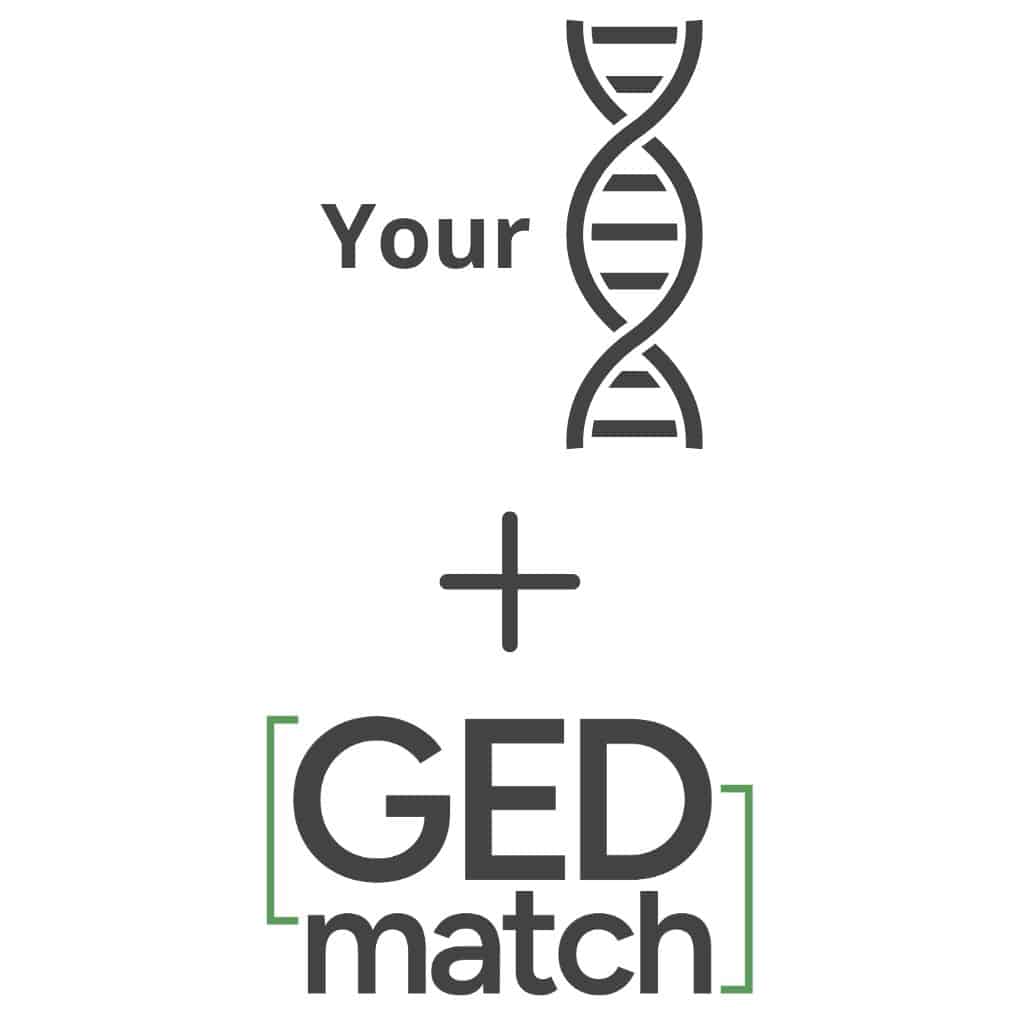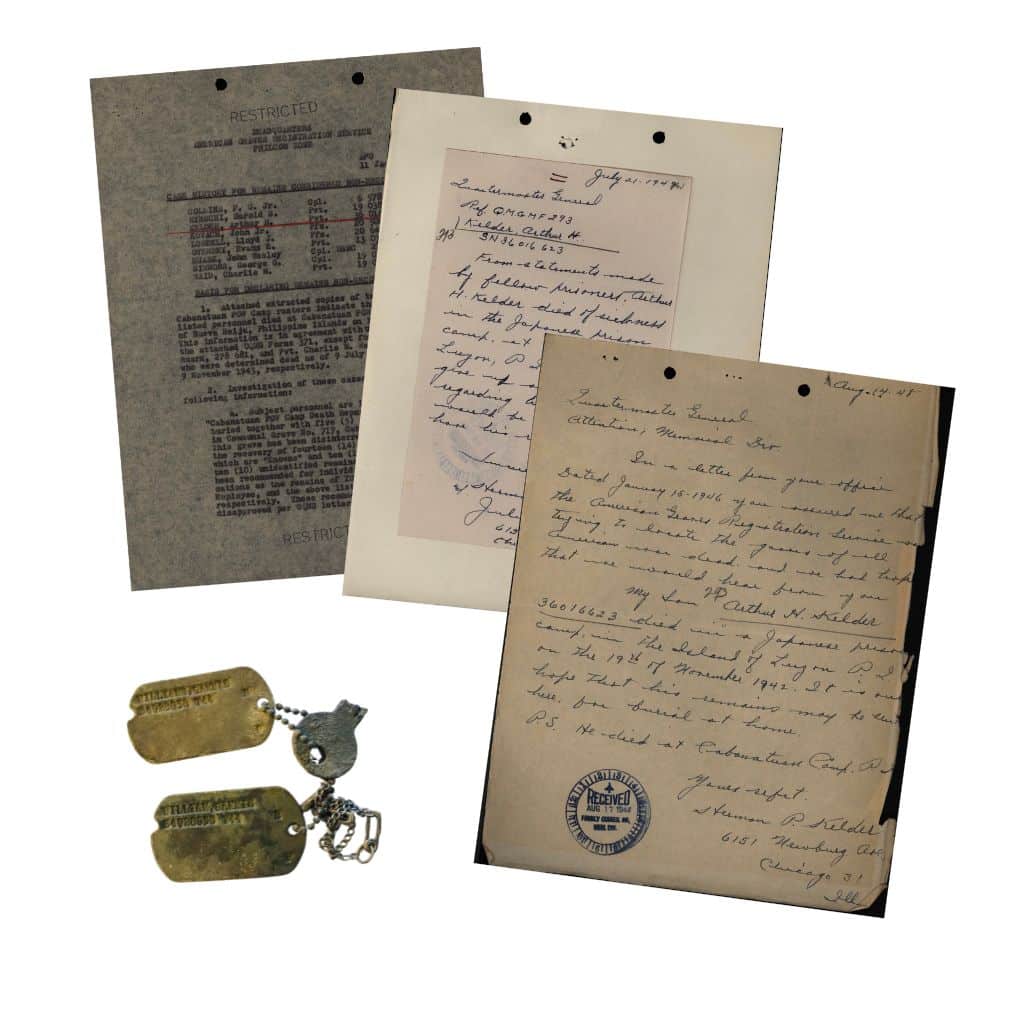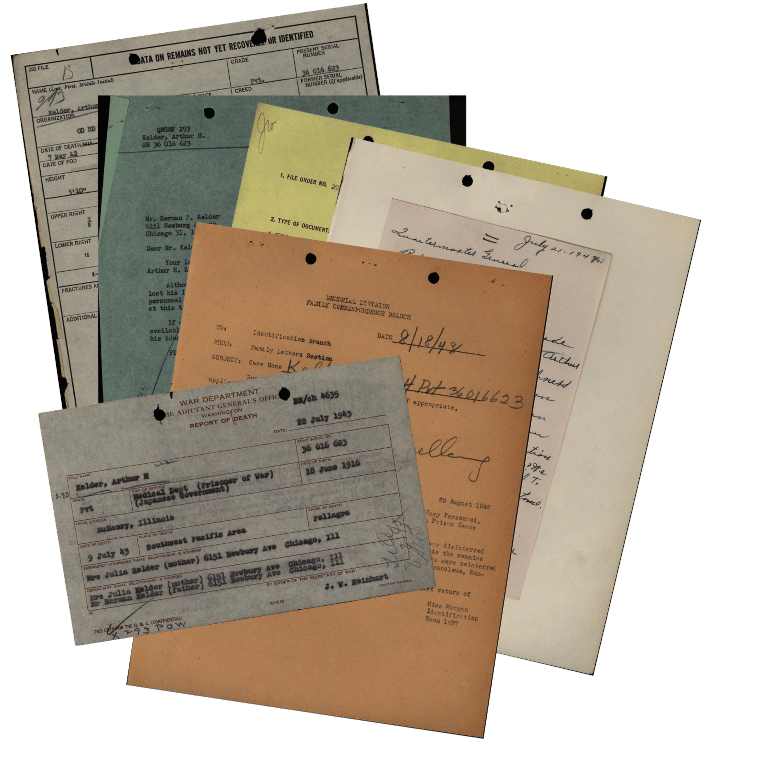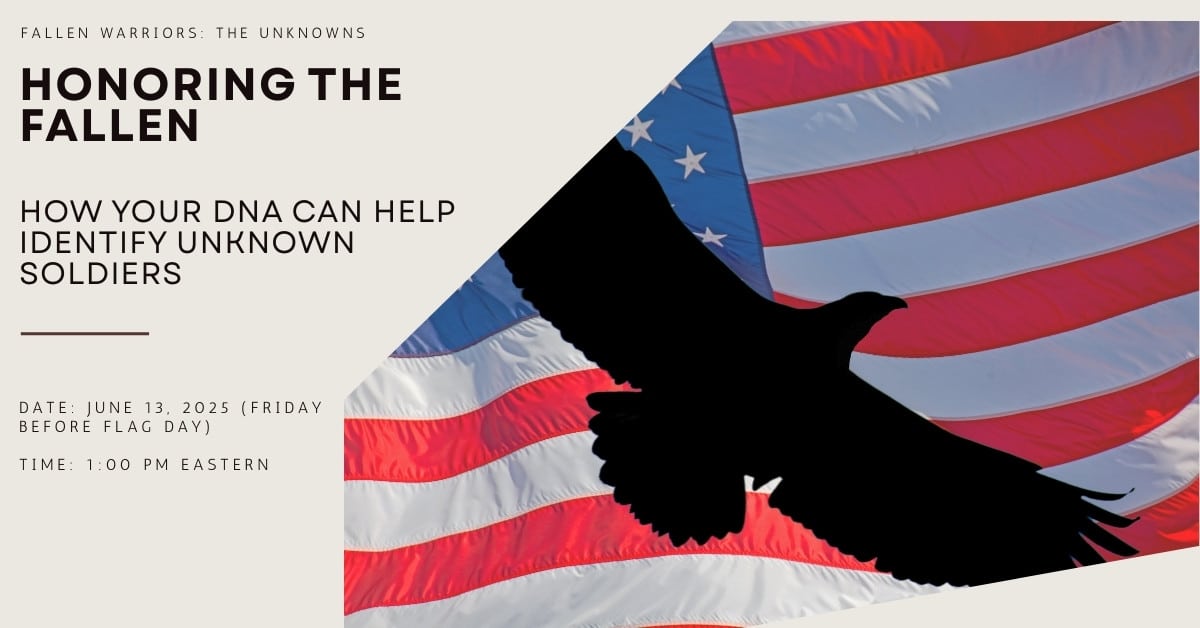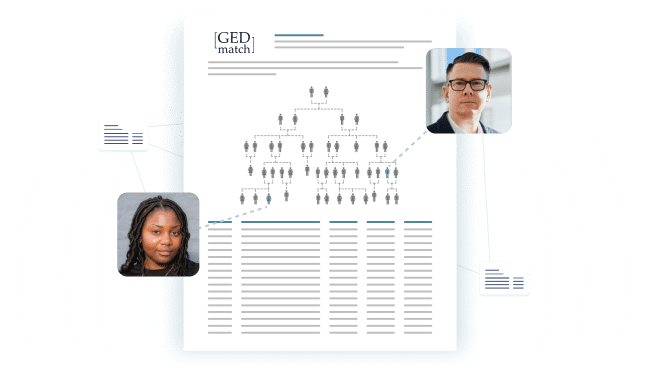FAQs
GEDmatch provides a platform where DNA profiles can be compared across different testing companies. By building a robust database of profiles, we can help create a reference that encourages the U.S. government to use Next Generation Sequencing (NGS) technology to identify previously unidentifiable remains of fallen service members.
No, the U.S. Government or law enforcement does not get to see your raw DNA data when you consent to allow your data to be included in those types of searches. Just like any other user of GEDmatch, they would only see your name or GEDmatch alias, email address, and how much DNA you share with the forensic profile. Law enforcement uses a purpose-built website called GEDmatch PRO where they upload the investigative profile to be compared with users of the GEDmatch database who have chosen to be a part of those specific types of searches.
GEDmatch provides four categories of privacy options when you upload your DNA kit. Once uploaded, you can easily change from one category or another when you wish.
Privacy Category | What does it mean ? |
Private | Your kit is not available for comparisons with any other kits. No comparison results will be shown unless you change this setting to another privacy category. |
Research | We will compare your DNA kit to all other kits in the GEDmatch database to find your matching genetic relatives. However, your DNA kits will not be shown in match result reports generated for other kits (including kits submitted by or on behalf of law enforcement). Genealogy and genetic genealogy require the sharing of information, and choosing this option will not allow your matches to see your DNA kit in their match results. This option may be used for regular uploads if you have specific reasons for doing so. |
Public + Opt-Out | We will compare your DNA kit to all other kits in the GEDmatch database to find your matching genetic relatives. Kits in the database include those submitted by users undertaking personal genetic genealogy research, adoptee searches, and users (including law enforcement) attempting to identify unidentified human remains. Your kit WILL NOT be compared with kits submitted by law enforcement to identify perpetrators of violent crimes. |
Public + Opt-In | We will compare your DNA kit to all other kits in the GEDmatch database to find your matching genetic relatives. Kits in the database include those submitted by users undertaking personal genetic genealogy research, adoptee searches, users (including law enforcement) attempting to identify unidentified human remains, and law enforcement attempting to identify perpetrators of violent crimes. Your kit WILL be compared with kits submitted by law enforcement to identify perpetrators of violent crimes. The operators of GEDmatch encourage everybody to select this option. |
No. While having a relative who served allows you to request their IDPF, anyone can upload their DNA to help with the identification of unknown soldiers.
Our upcoming search portal will allow you to check if your relative’s file is in our collection of 500,000 IDPFs. If you provide information about your relative who served, specifically their service number, we can help determine if an IDPF exists.
No, you don’t need to re-upload. Simply ensure your privacy settings reflect your preferences, and you can proceed directly to requesting an IDPF.
NGS is advanced DNA sequencing technology that allows scientists to extract and analyze DNA from heavily degraded or chemically treated remains that were impossible to identify with older methods. This technology has the potential to identify thousands of previously unidentifiable remains.
